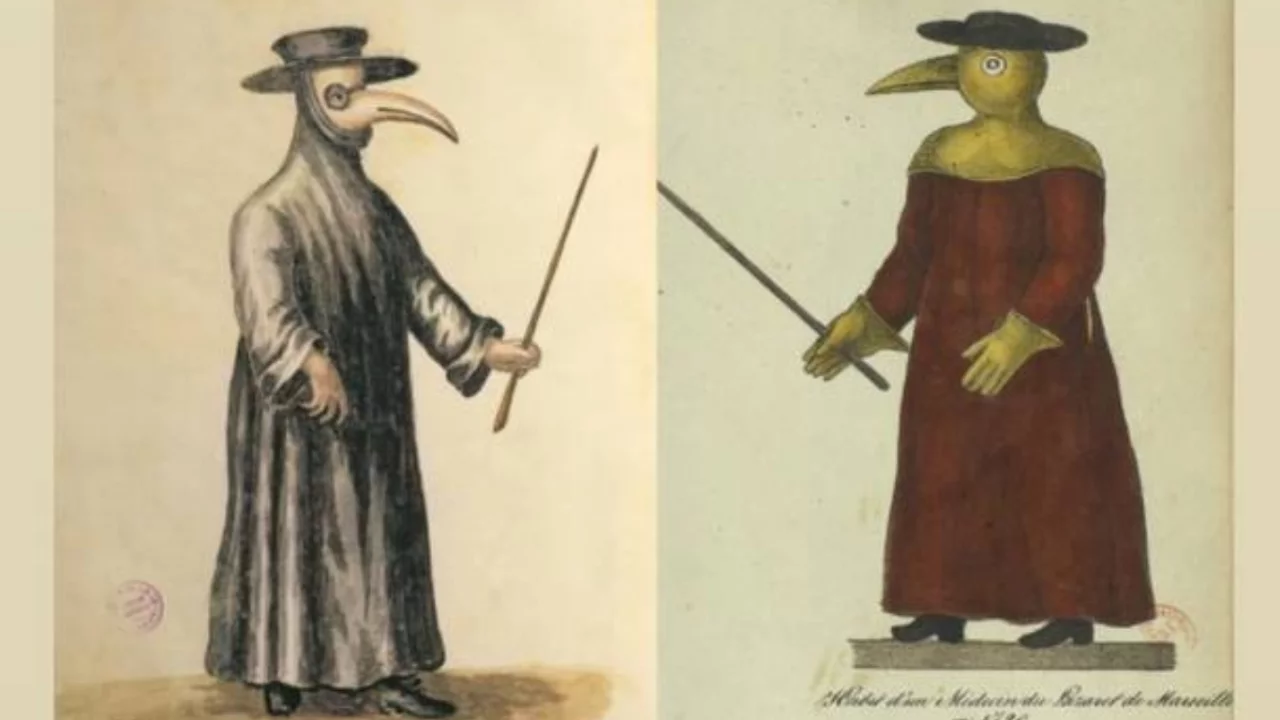
During the Middle Ages, one of the most terrifying and deadly epidemics in human history — the plague — spread widely across Europe and parts of Africa. Due to the lack of developed medicine, insufficient hygiene, and sanitation standards at the time, this disease spread much faster than expected. The plague could be transmitted through airborne particles, from person to person, or through animals and insects, which facilitated its rapid and wide spread.
To control the disease, governments hired special doctors on a contract basis. These doctors operated under strict legal frameworks, with their contracts clearly outlining duties, privileges, and payment amounts.
Since the plague spread quickly and dangerously, doctors wore special protective clothing to protect their health. Their most distinctive feature was a long-beaked mask. These masks were equipped with crystal-lens goggles, and the beak was filled with medicinal herbs such as pepper, cinnamon, lavender, and rosemary. At the time, the miasma theory — the belief that disease spread through "poisoned air" — was widely accepted, and these masks were used as a kind of air filter for protection.
Additionally, since the plague could also be transmitted by insects, particularly mosquitoes, doctors worked fully protected in thick fabric garments, high boots, and gloves.
Although these doctors were far from the capabilities of modern medicine, they studied scholarly books and tried to find a cure. In the pre-antibiotic era, they used various methods to try to stop the disease. Nevertheless, the plague claimed the lives of millions of people in hundreds of cities.
Centuries passed. Medicine advanced significantly. Scientific technologies, modern diagnostic tools, effective vaccines, and experienced doctors are now available. Yet, the dedication, selflessness, and courage of doctors in protecting human health remain as valuable today as they were back then.
Users of Меҳмон are not allowed to comment this publication.










